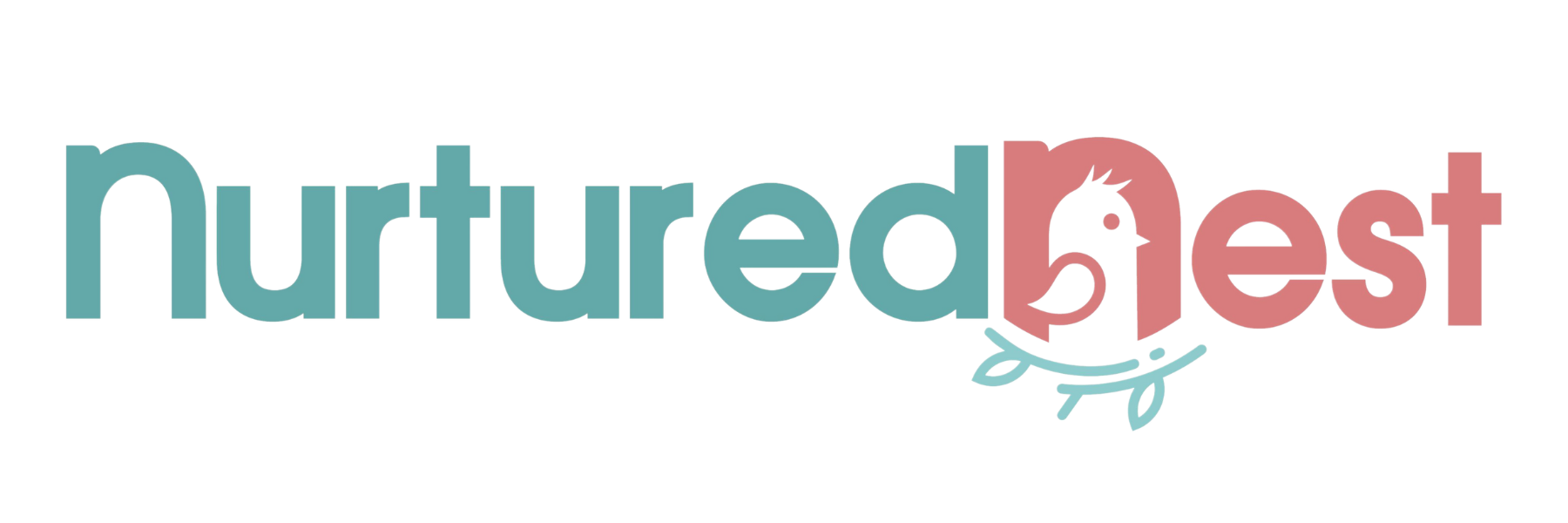
Baby's daily flow: 4-8 months
Finding Your Flow: Daily Rhythms for Your Baby (4–8 Months)
Think back to your baby’s newborn days—when every day seemed to bring a different rhythm. Then remember the 0–3 month stage, when your routine may have shifted every week or so.
Now you’ve reached the 4–8 month phase—and here’s some good news: during these months, many families begin to see a longer-lasting pattern emerge. This “flow” develops organically, works with your family’s lifestyle, and may stick around for a while. No promises, of course—babies still like to keep us on our toes!
Start With Wake Time and Bedtime
A helpful way to anchor your day is by answering two simple questions:
- What time does my baby usually wake up?
- What time does my baby usually go to sleep?
Many babies in this age range start their day between 6:00–7:30 AM and head to bed between 6:00–7:30 PM.
Working toward a consistent wake time and bedtime will give your whole family more predictability. From there, you can build the rest of your day around feeding, playing, and sleeping.

A Typical Flow for the Day
Morning Wake-Up
After your baby wakes up, start with a feeding. Once you’ve introduced solids, you can add a breakfast of solids after the first breastmilk or formula feeding.
Next comes play and connection time—this first window is often short before your baby is ready for their first nap. Aim to keep them awake for at least an hour after that initial wake-up.
Nap–Eat–Play Pattern
Here’s a rhythm many families find works well in this stage:
- First Nap – Baby wakes up, then eats and plays.
- Second Nap – Wake, eat, play again.
- Third Nap or Bedtime Prep – Depending on your baby’s needs and sleep pressure.
In between naps, some babies may feed twice—once upon waking and again before going down. Just be careful not to offer the second feed too close to nap time, as this can train a baby to rely on feeding to fall asleep.
Want more support? Check out Baby's First Year Course
The Last Wake Window
This final stretch of the day often overlaps with bedtime prep. If your baby hasn’t built up enough sleep pressure, add a bit more play before starting the wind-down routine.
Once ready, move to the sleep space, dim the lights, slow your pace, and prepare for bedtime.
How This Phase Feels Different From 0–3 Months
While the structure might look familiar, it will feel different. Babies at this age can usually play longer and sleep longer, which often leads to more stability. By the end of this phase—around 8 months—you may settle into a flexible rhythm that fits your family’s lifestyle. And unlike the 0–3 month period, your flow won’t shift quite as quickly.
Tracking—Without Overwhelm
Families often land at one of two extremes:
- Not tracking at all (life’s too busy!)
- Tracking every detail (and feeling overwhelmed)
If things feel “off,” aim for a happy middle ground. Try logging for 3–5 days, noting feedings, play, sleep, fussiness, and poop. No need to track wet diapers at this stage.
Pay attention to your baby’s temperament and cues:
- Do they clearly tell you when they’re tired?
- Do they get distracted while eating?
- Do they fall asleep mid-feed?
Often, just a short tracking period reveals your best next steps.
When to Get Extra Support
If navigating your baby’s daily flow feels challenging, you’re not alone. A trusted pediatrician, sleep coach, or parent educator can help you adjust routines, troubleshoot tricky spots, and find the rhythm that works best for your family.
Want more guidance for your baby’s first year?
We cover daily routines, sleep, feeding, safety, and so much more in our Baby’s First Year course. You’ll get expert-backed tips, step-by-step demos, and real-world strategies to help you feel confident through this stage.
Explore Baby’s First Year →
